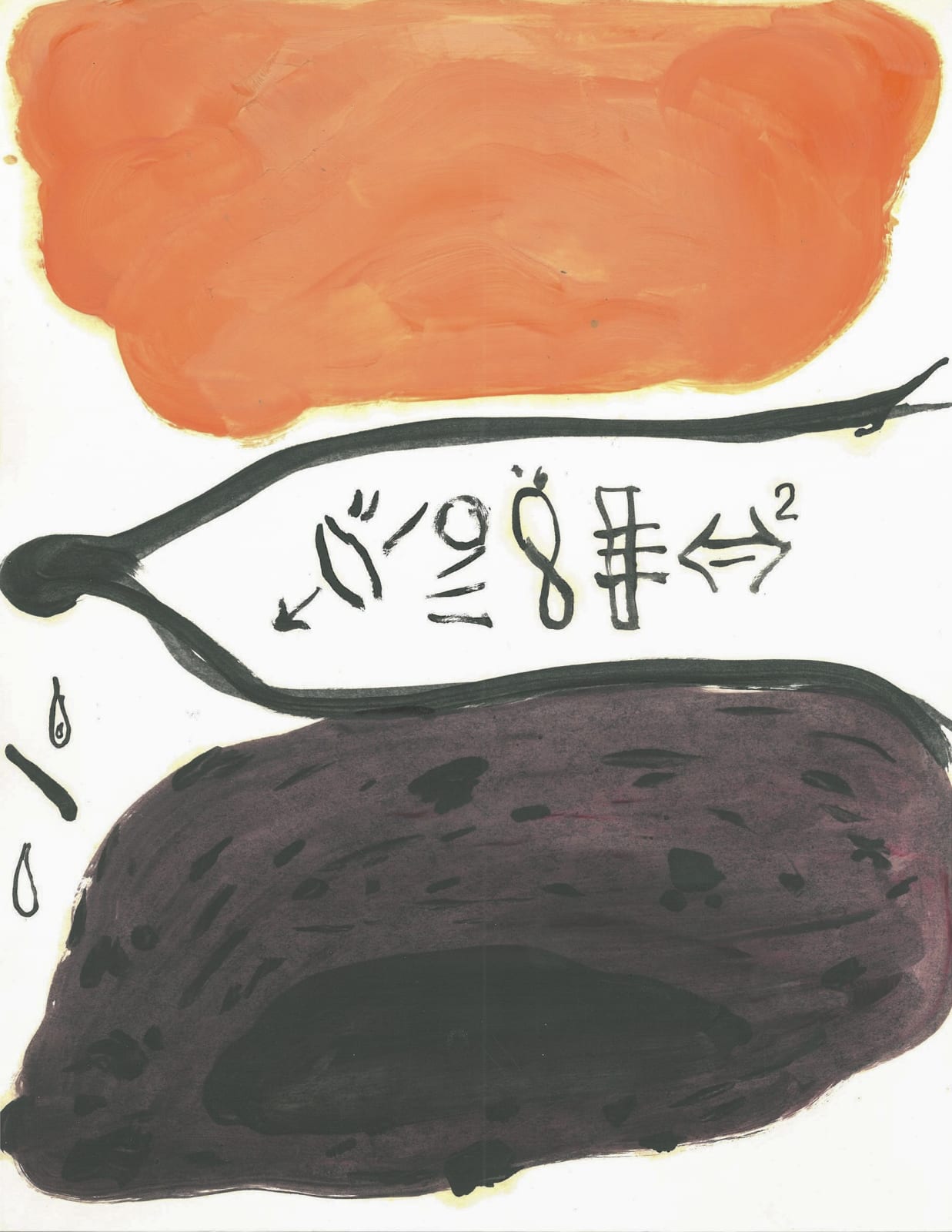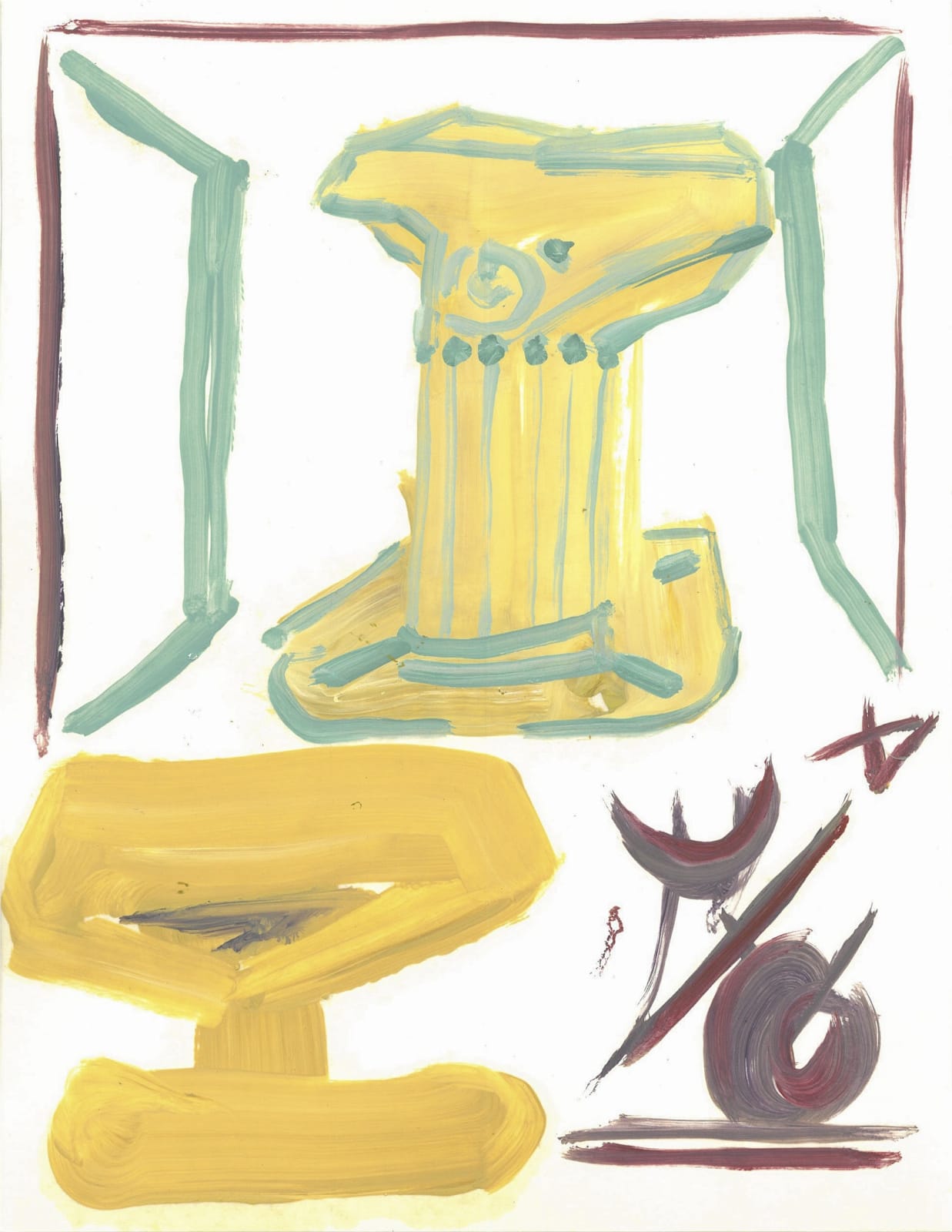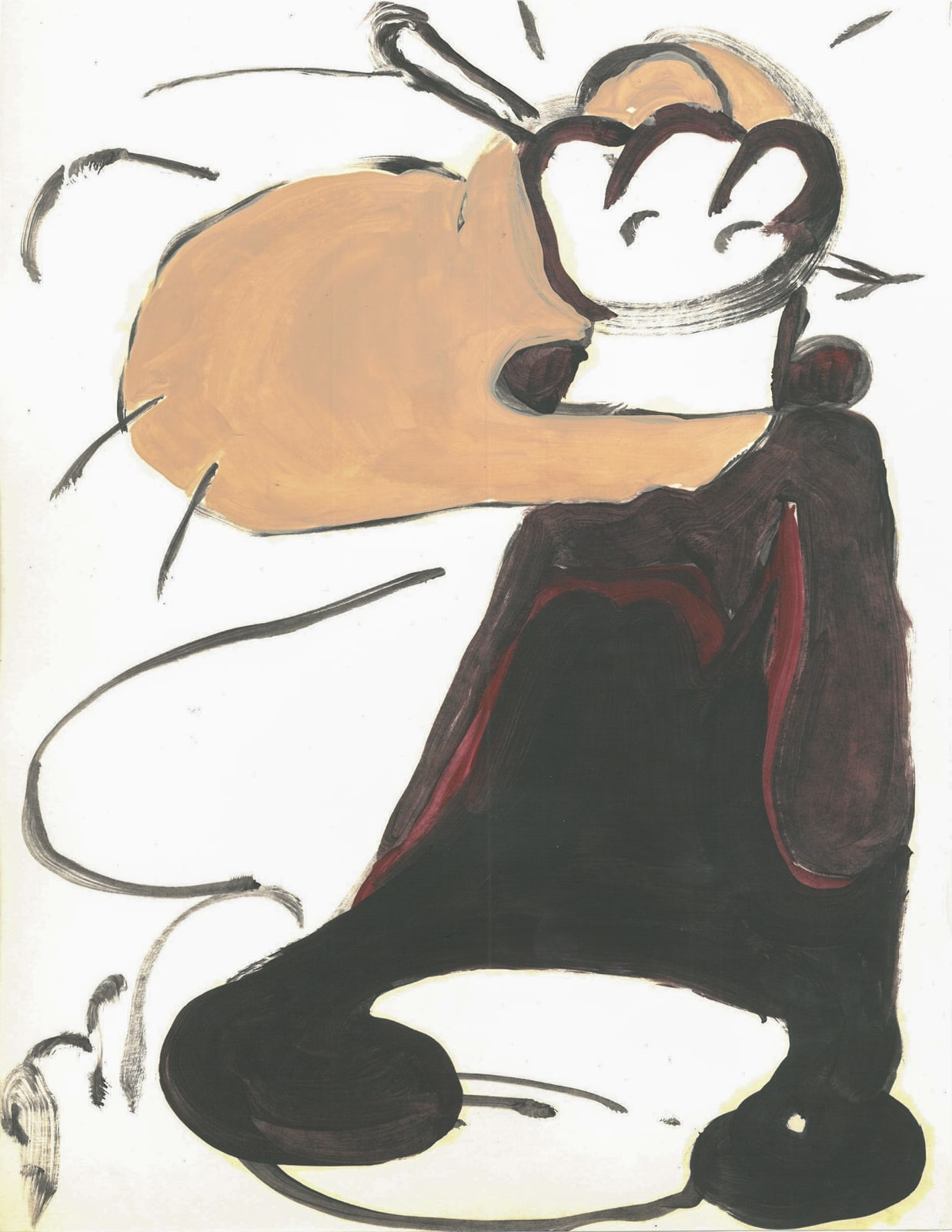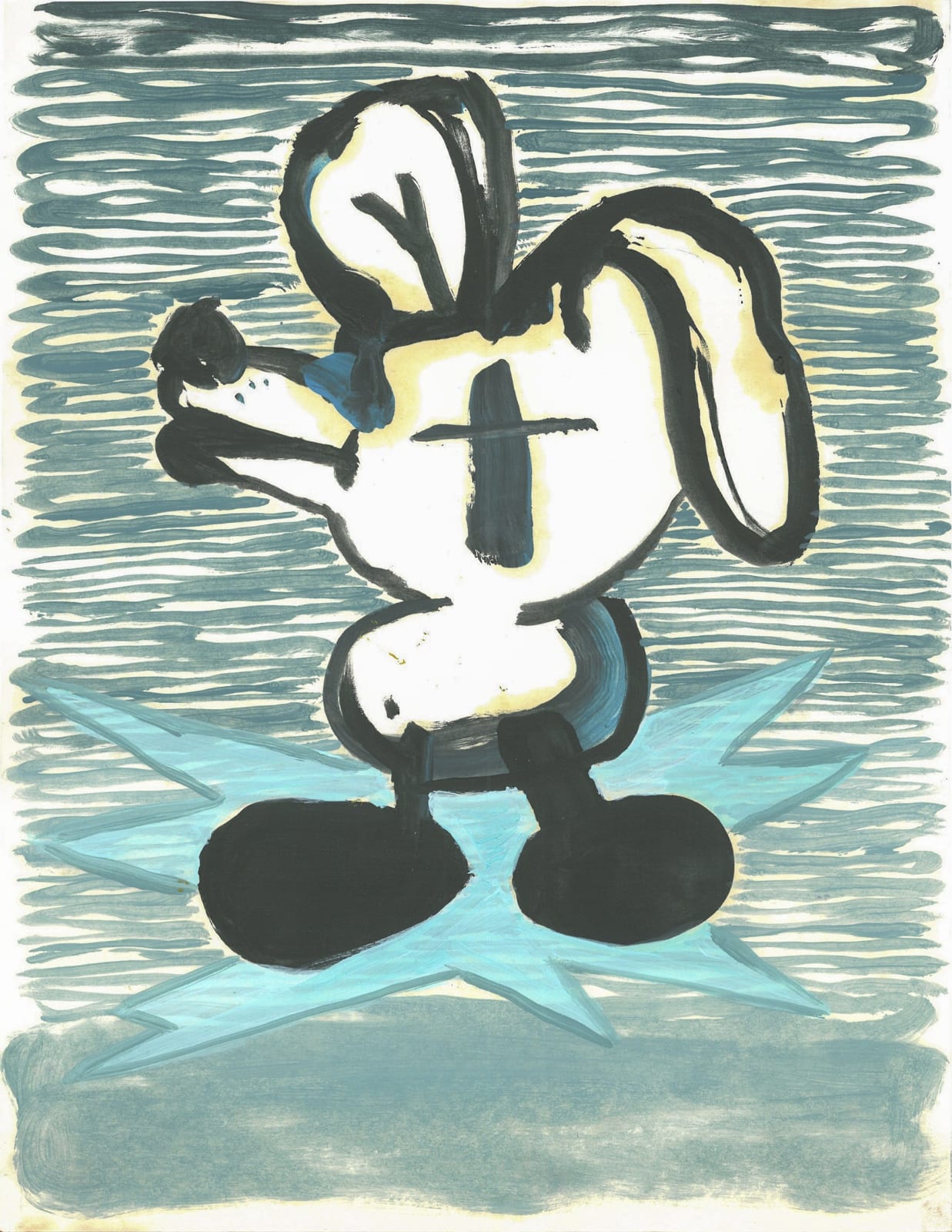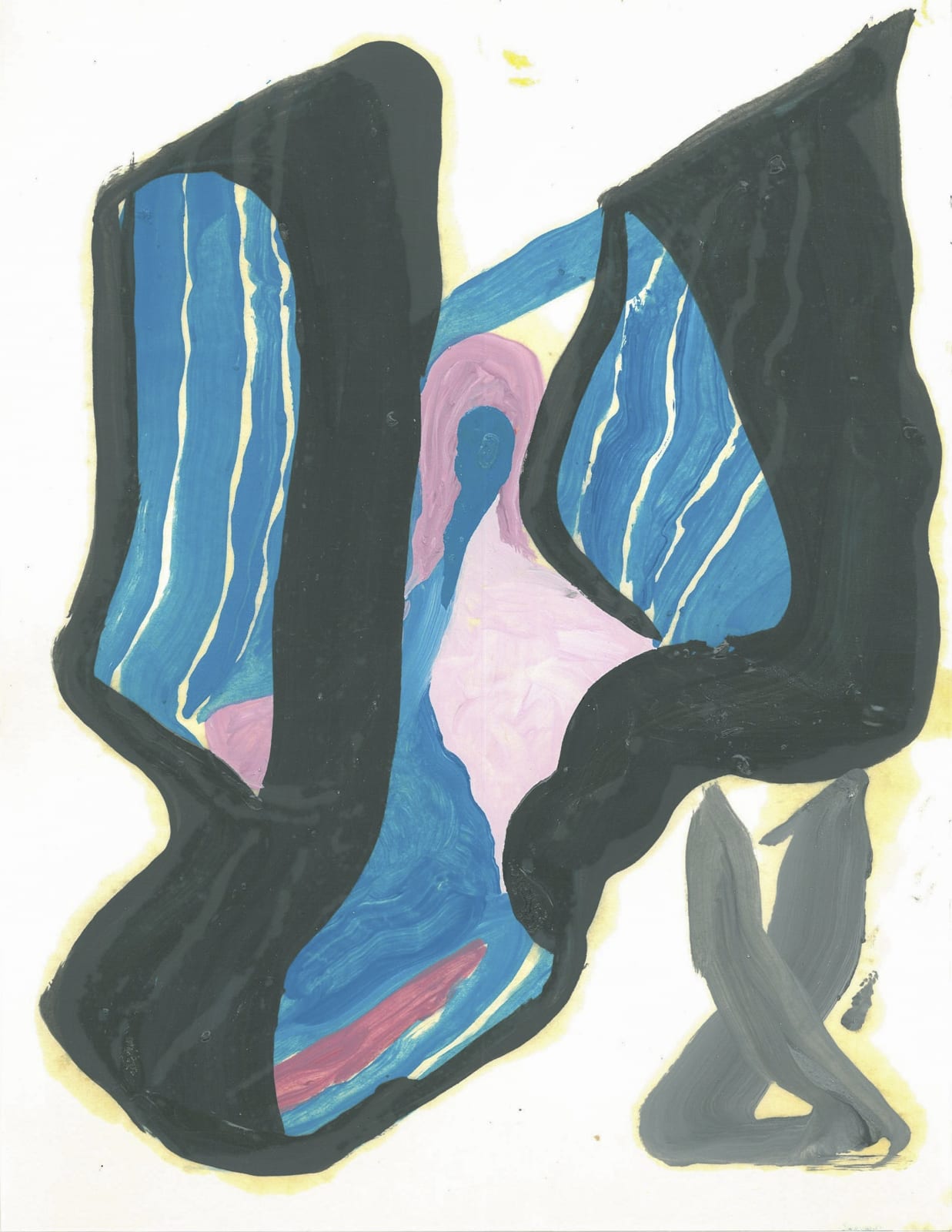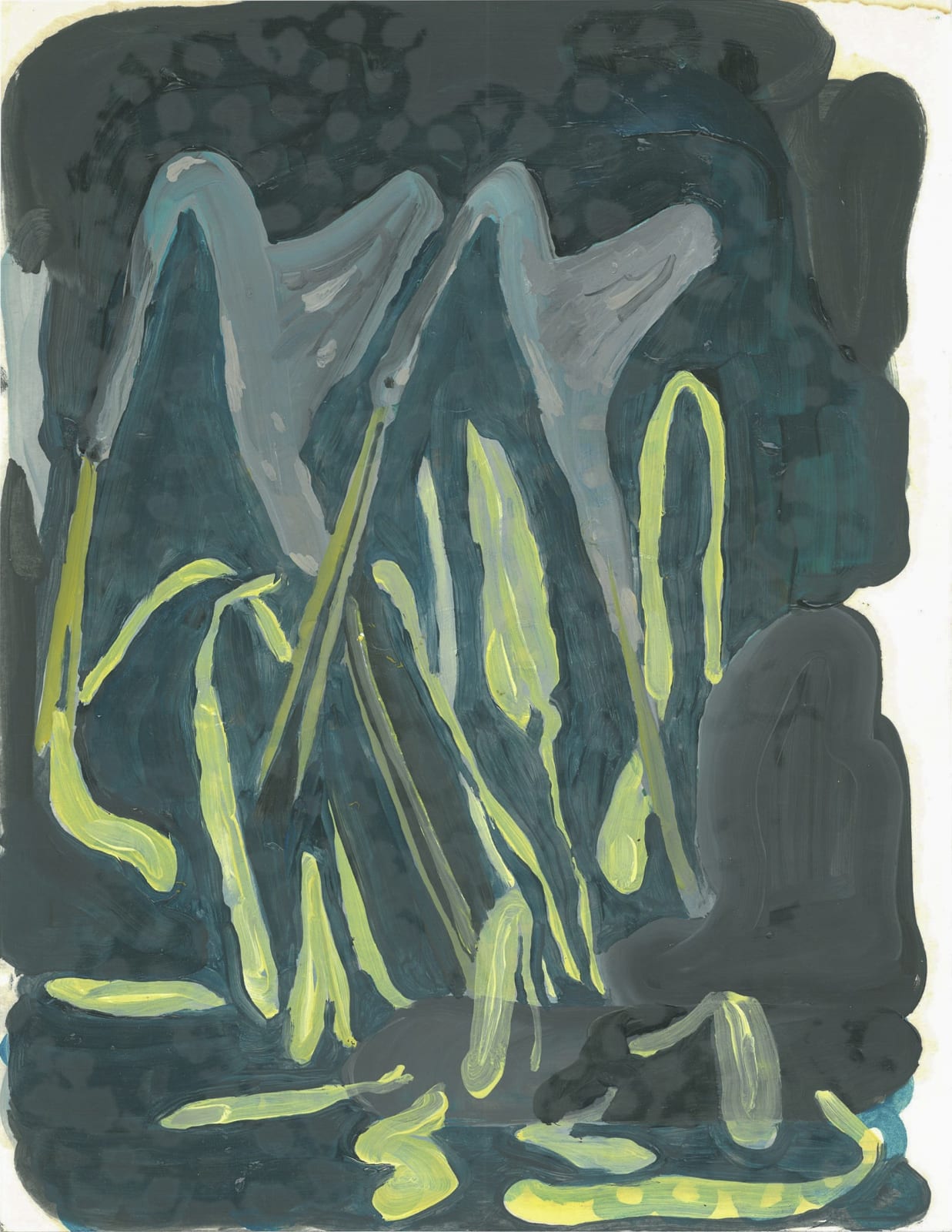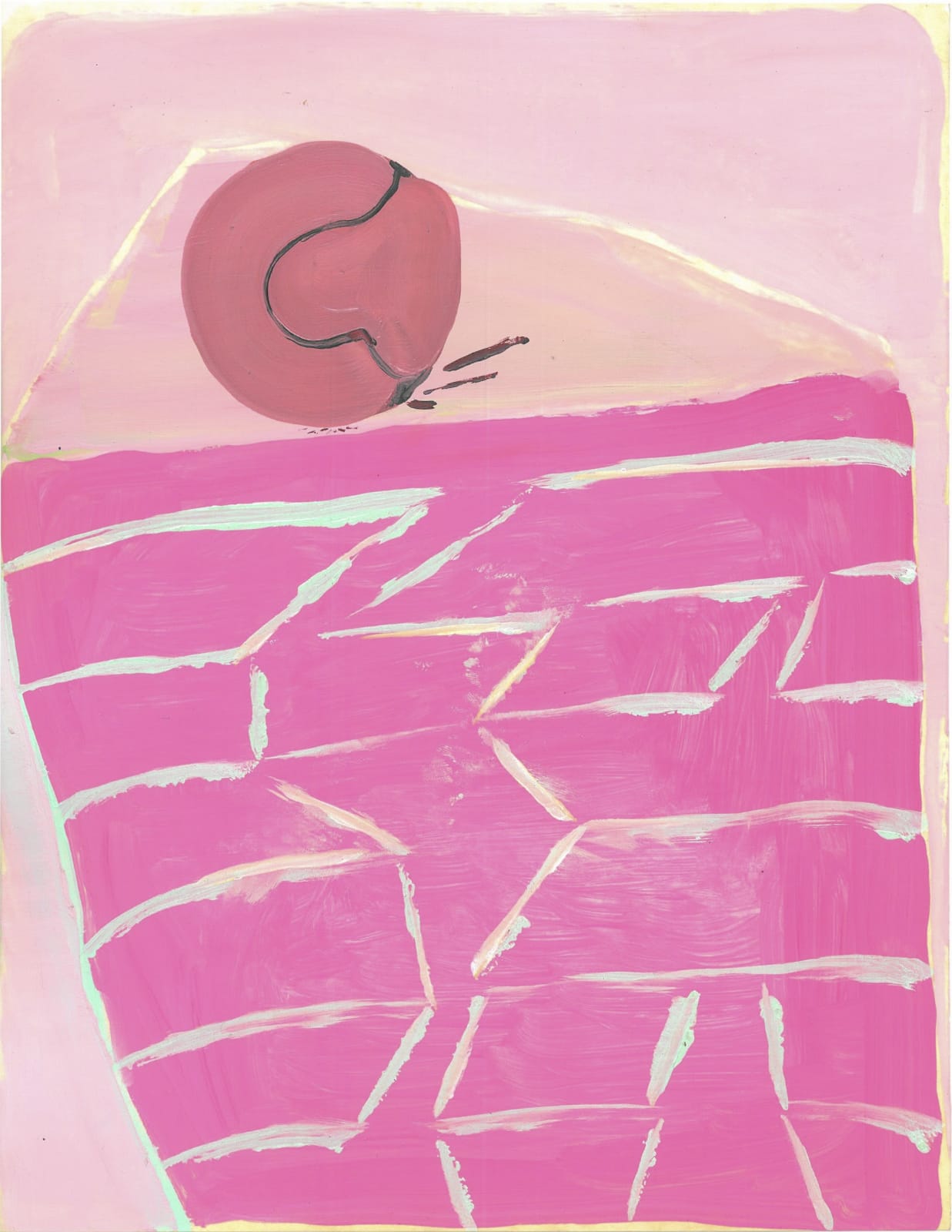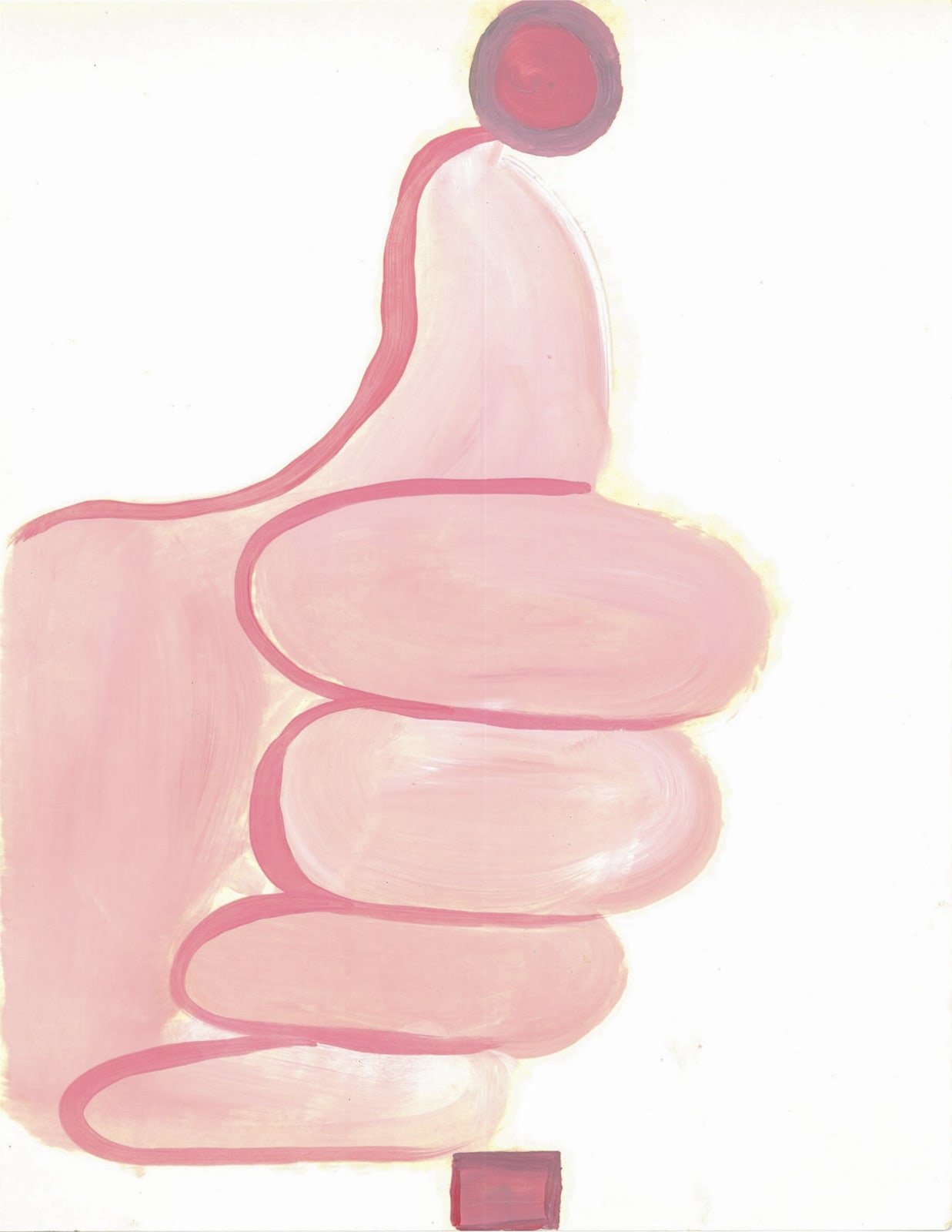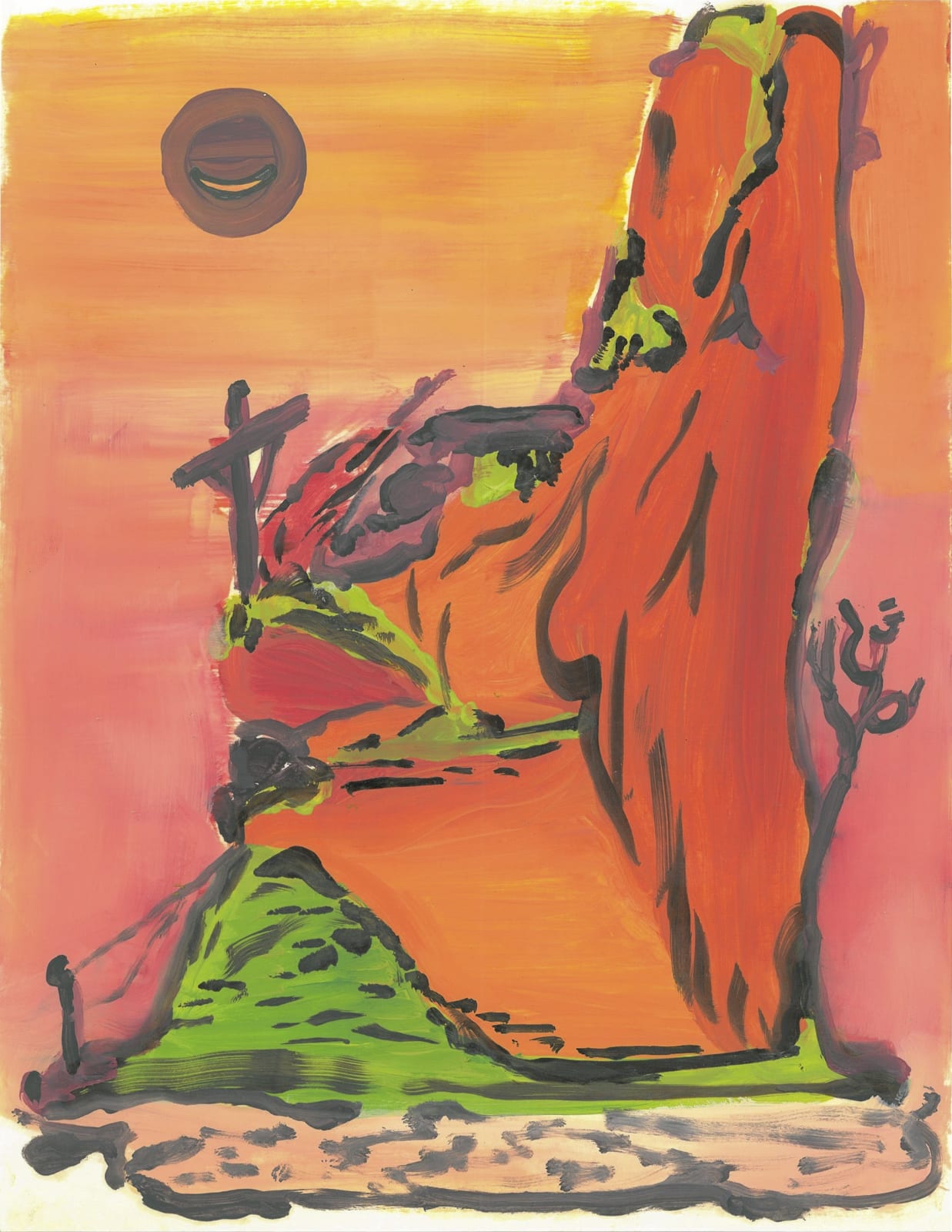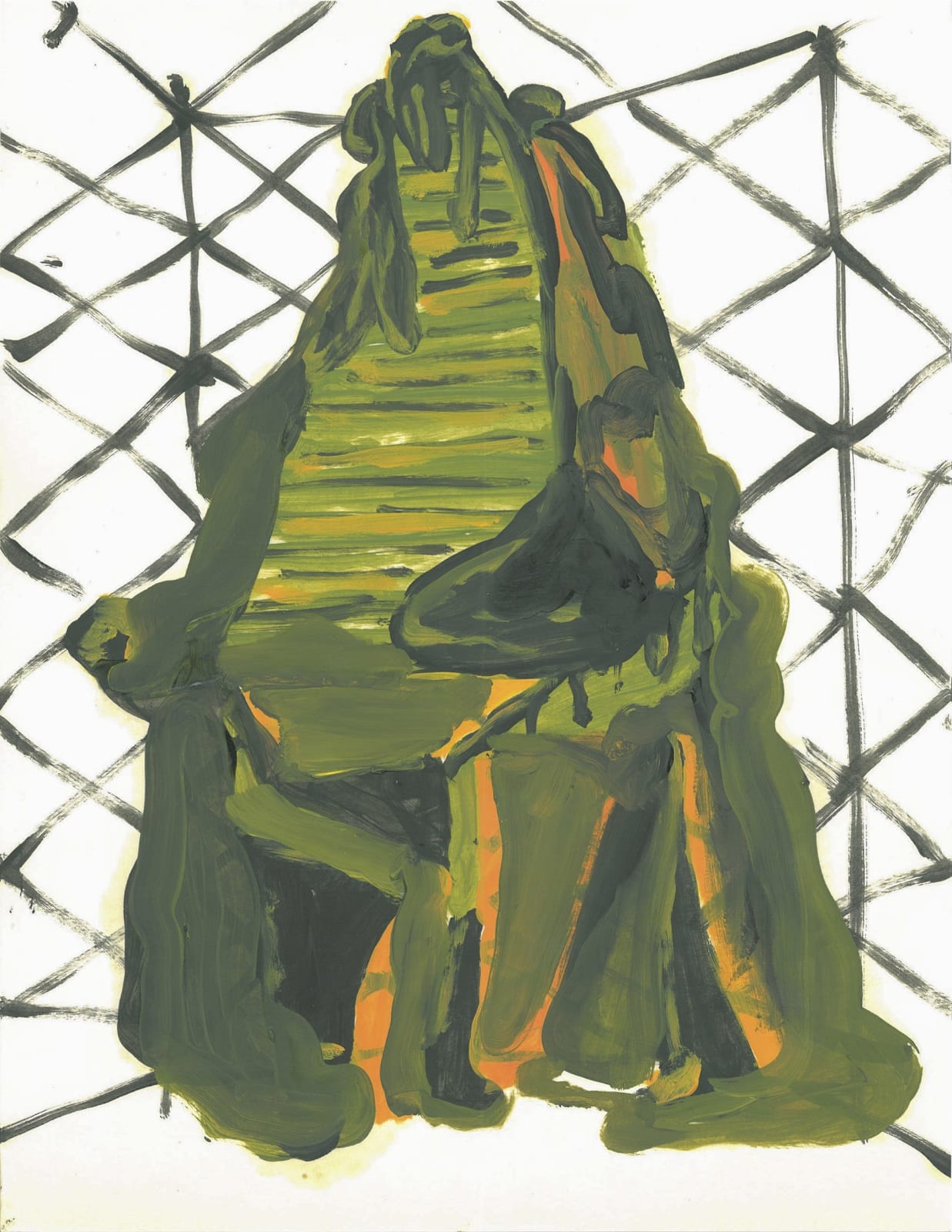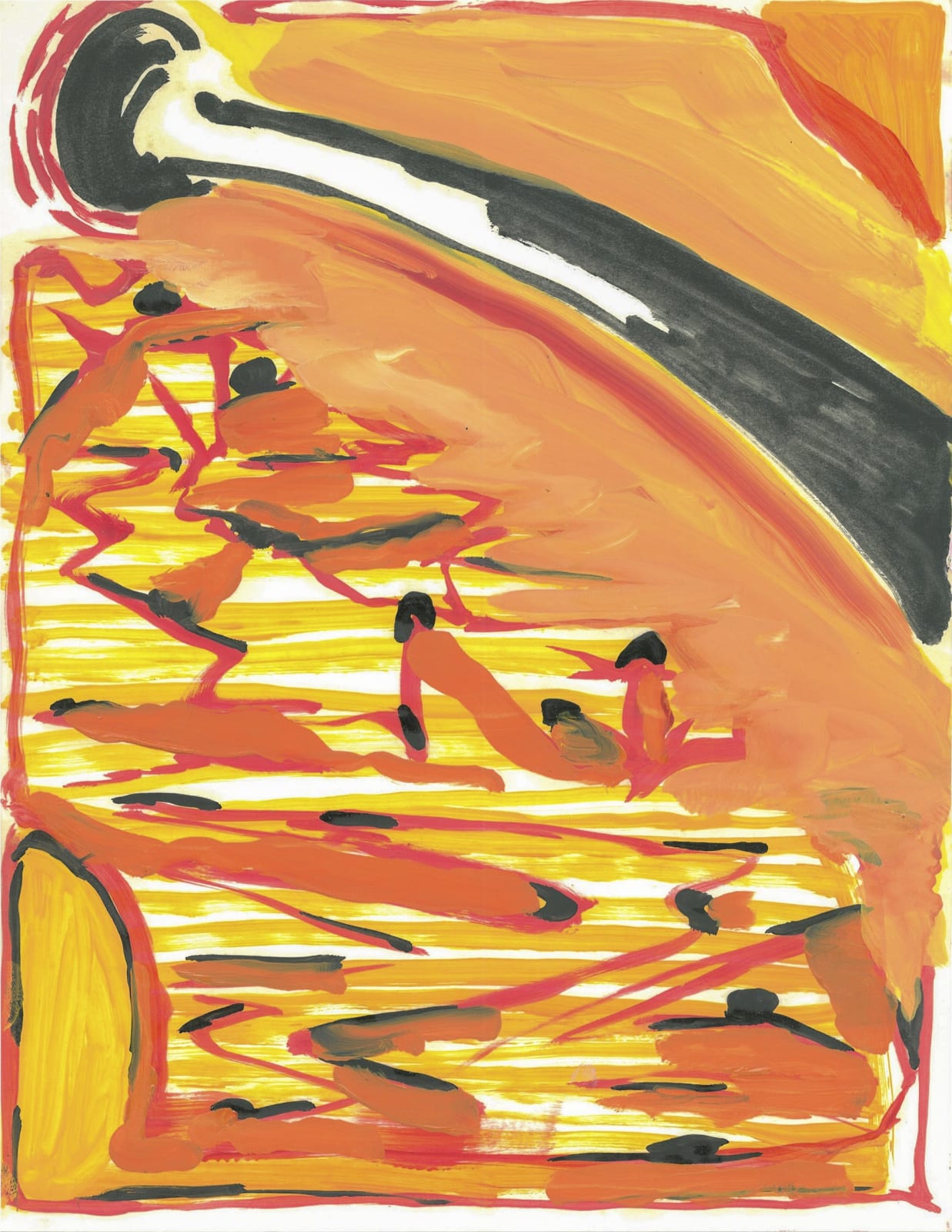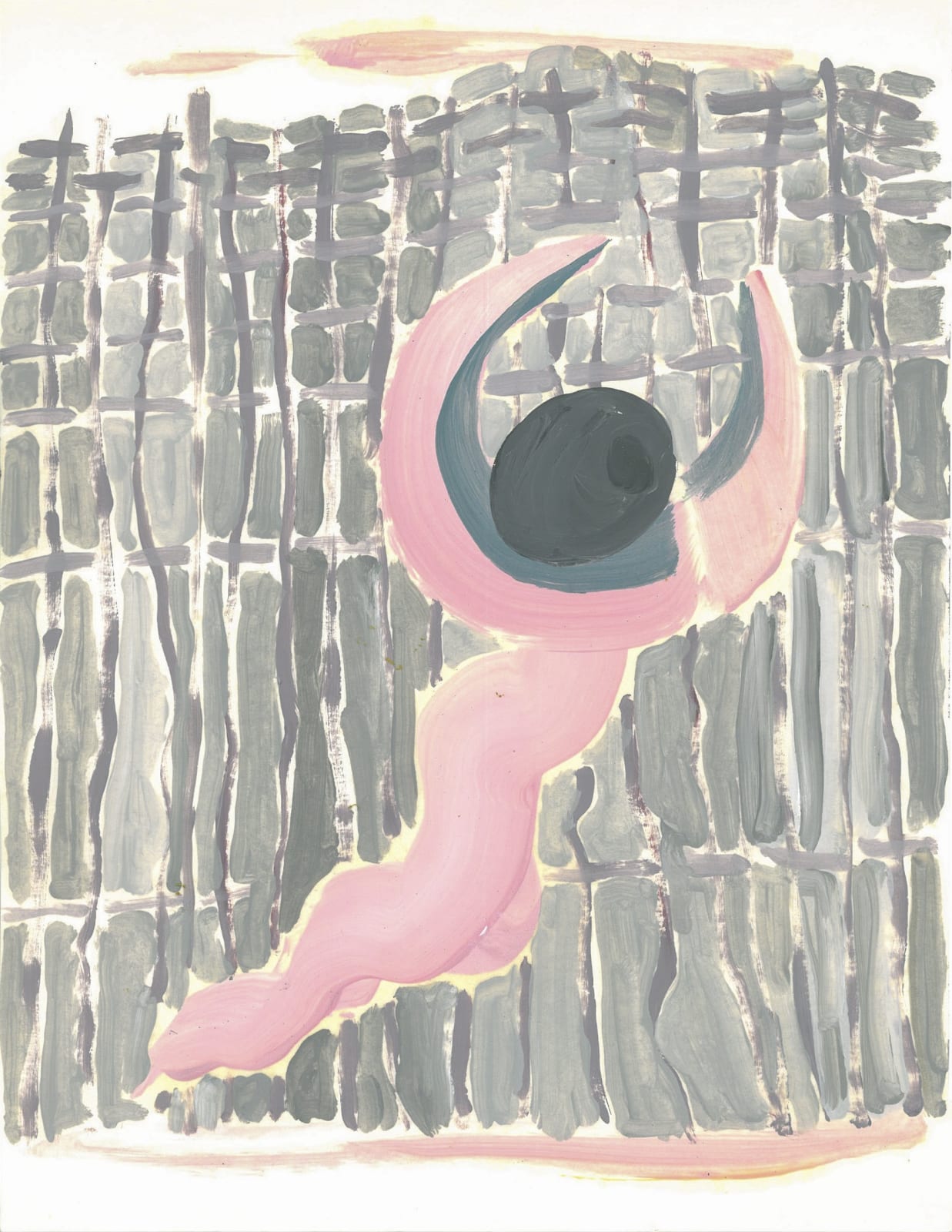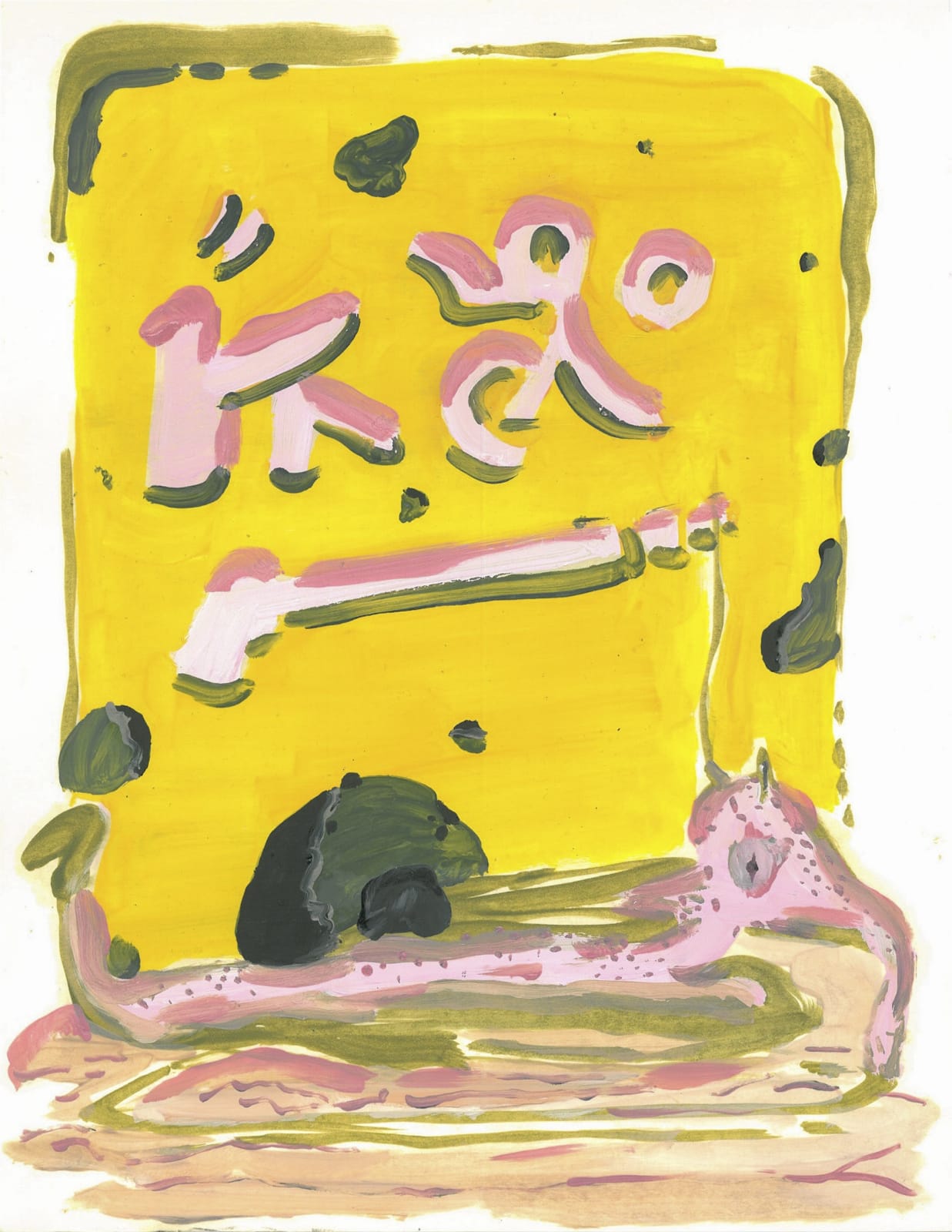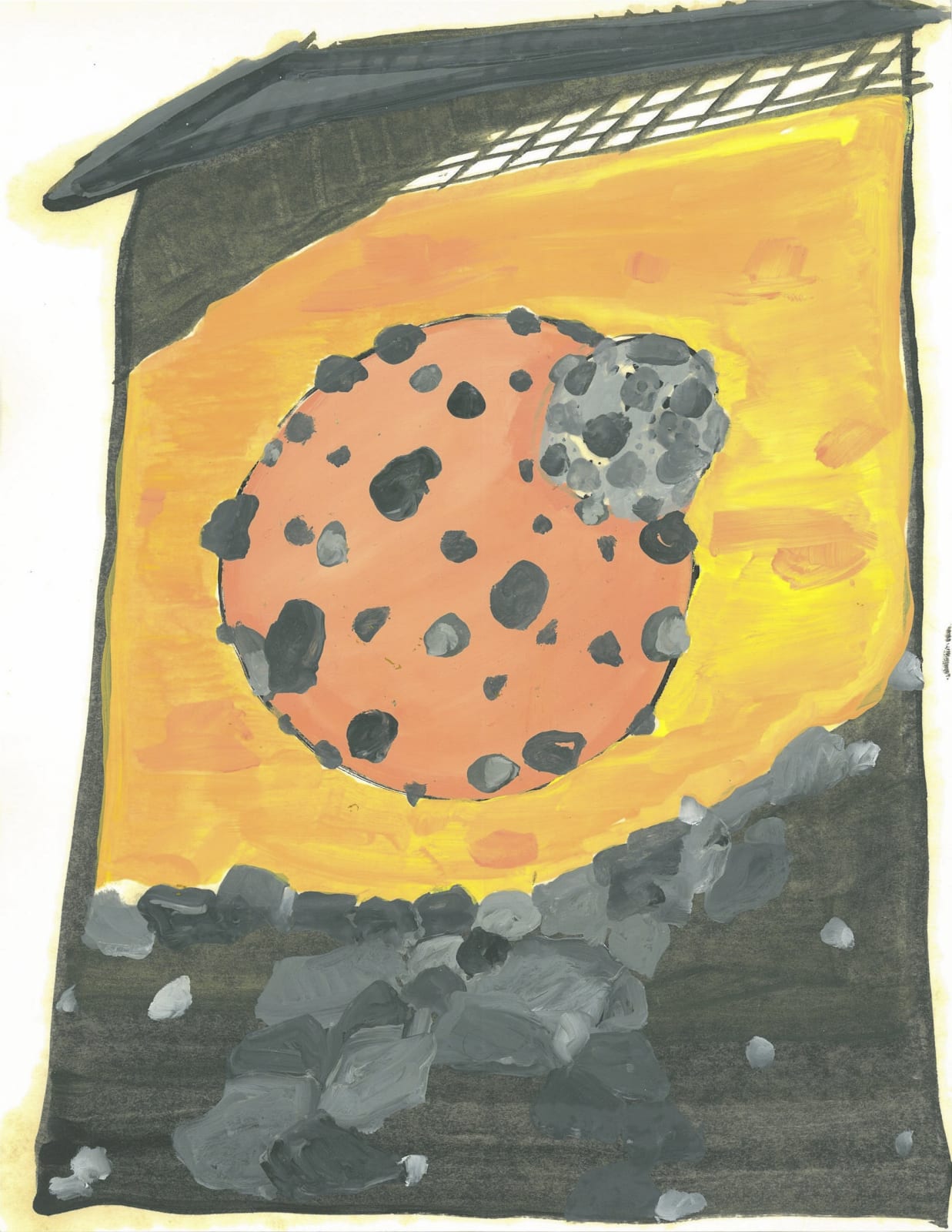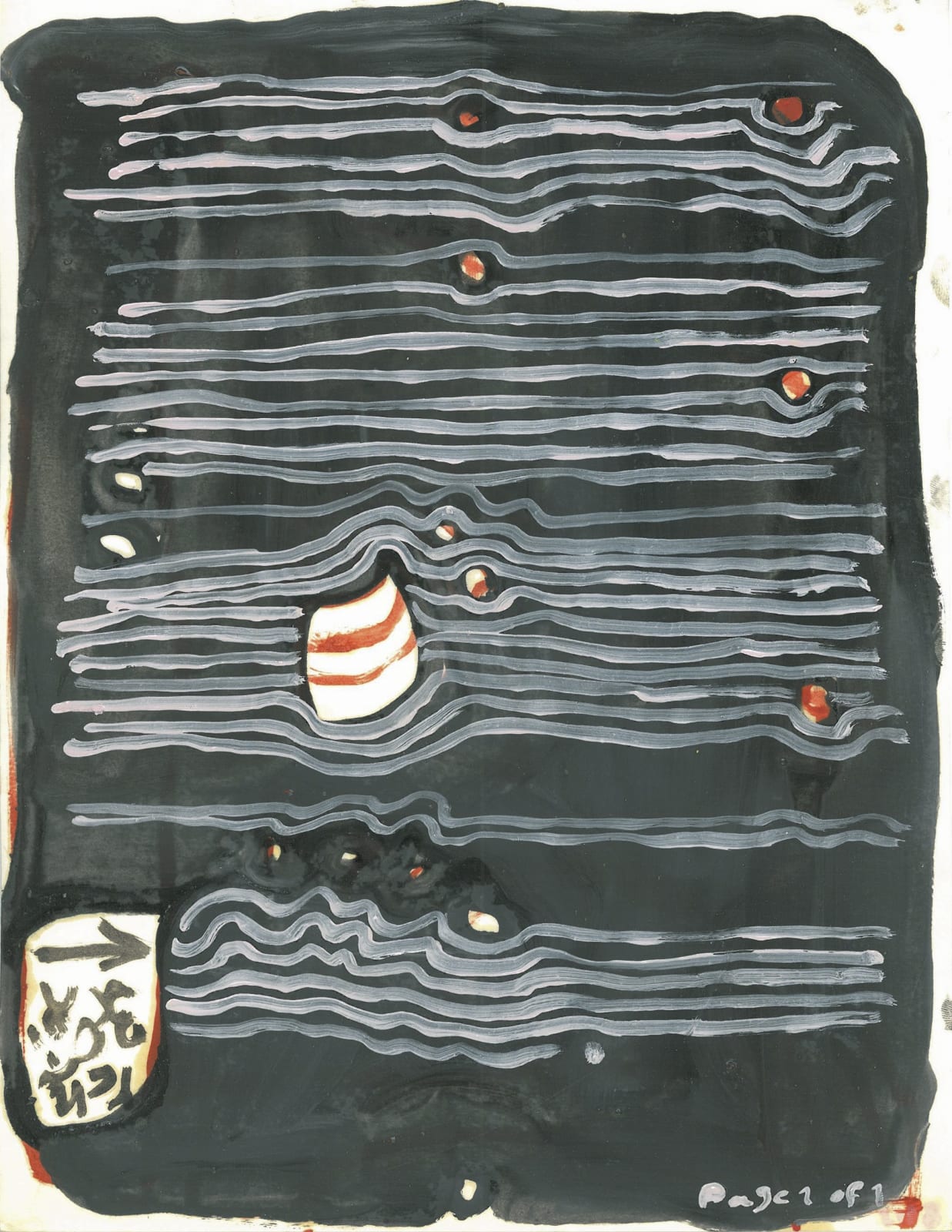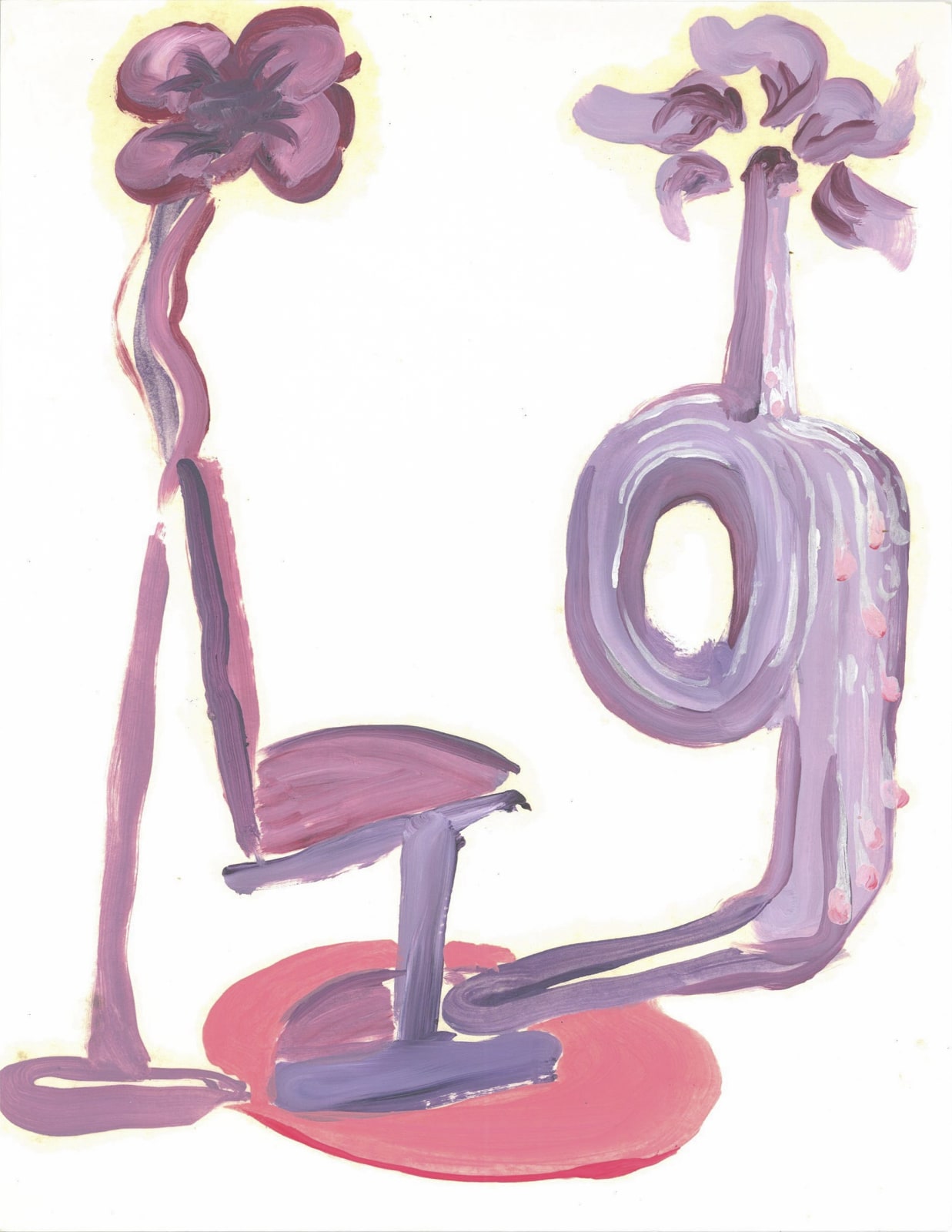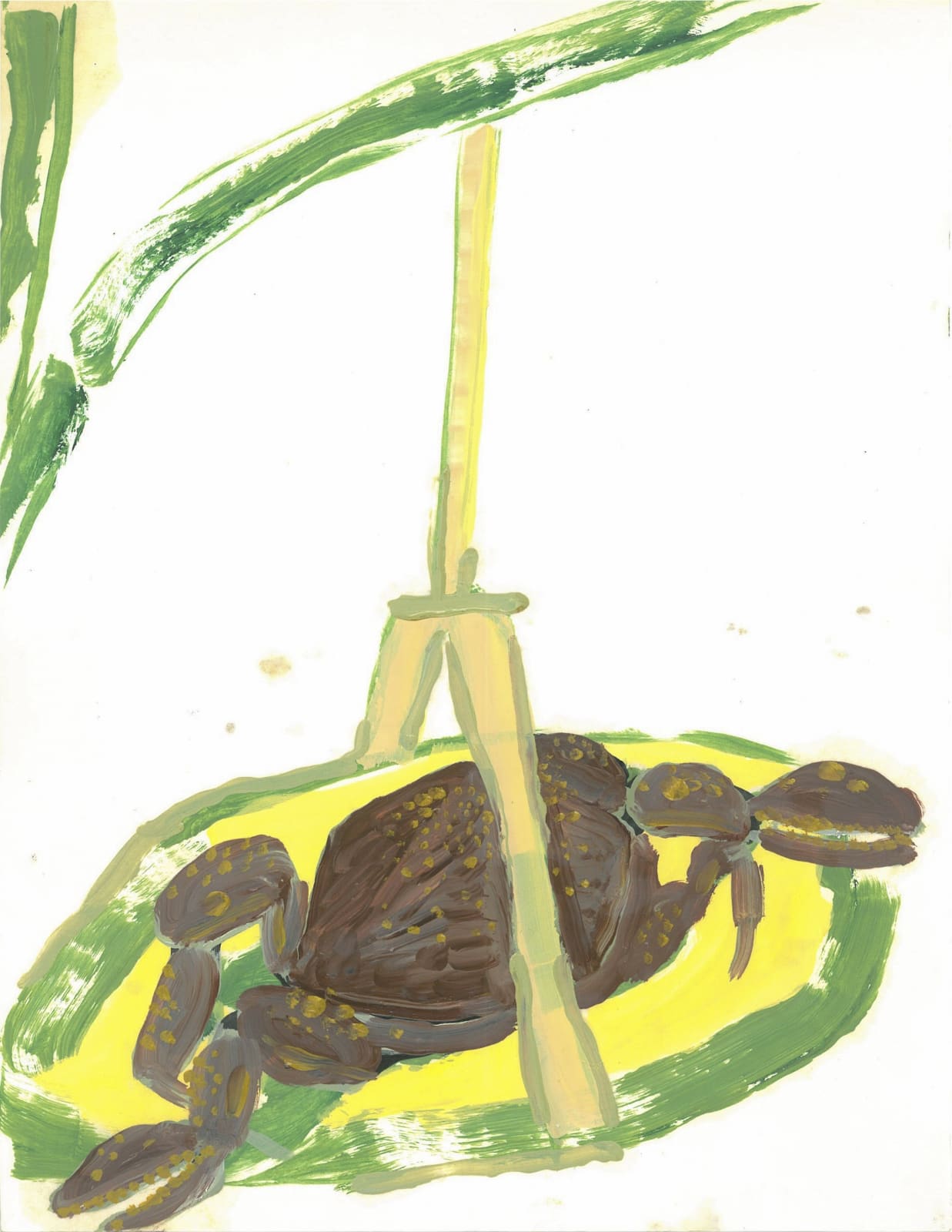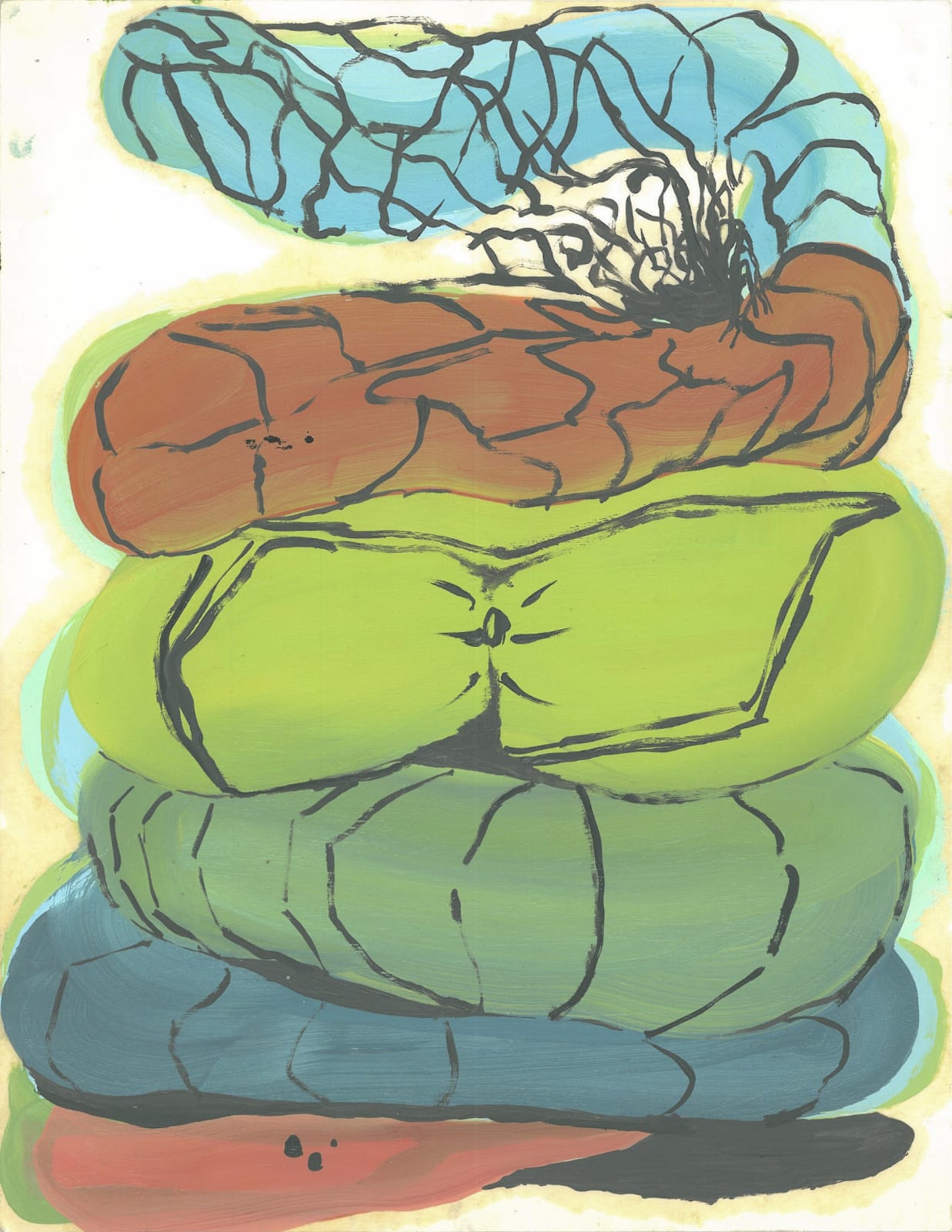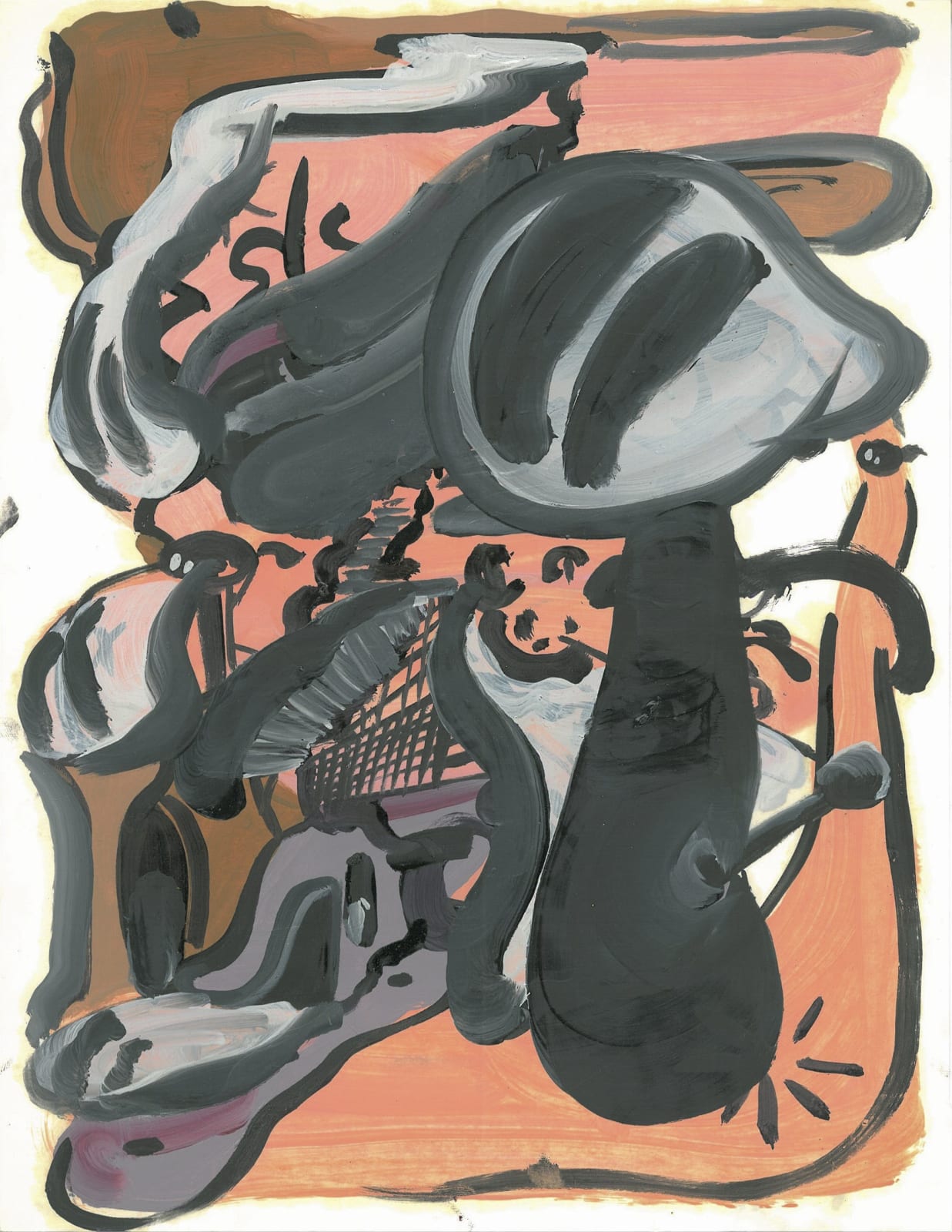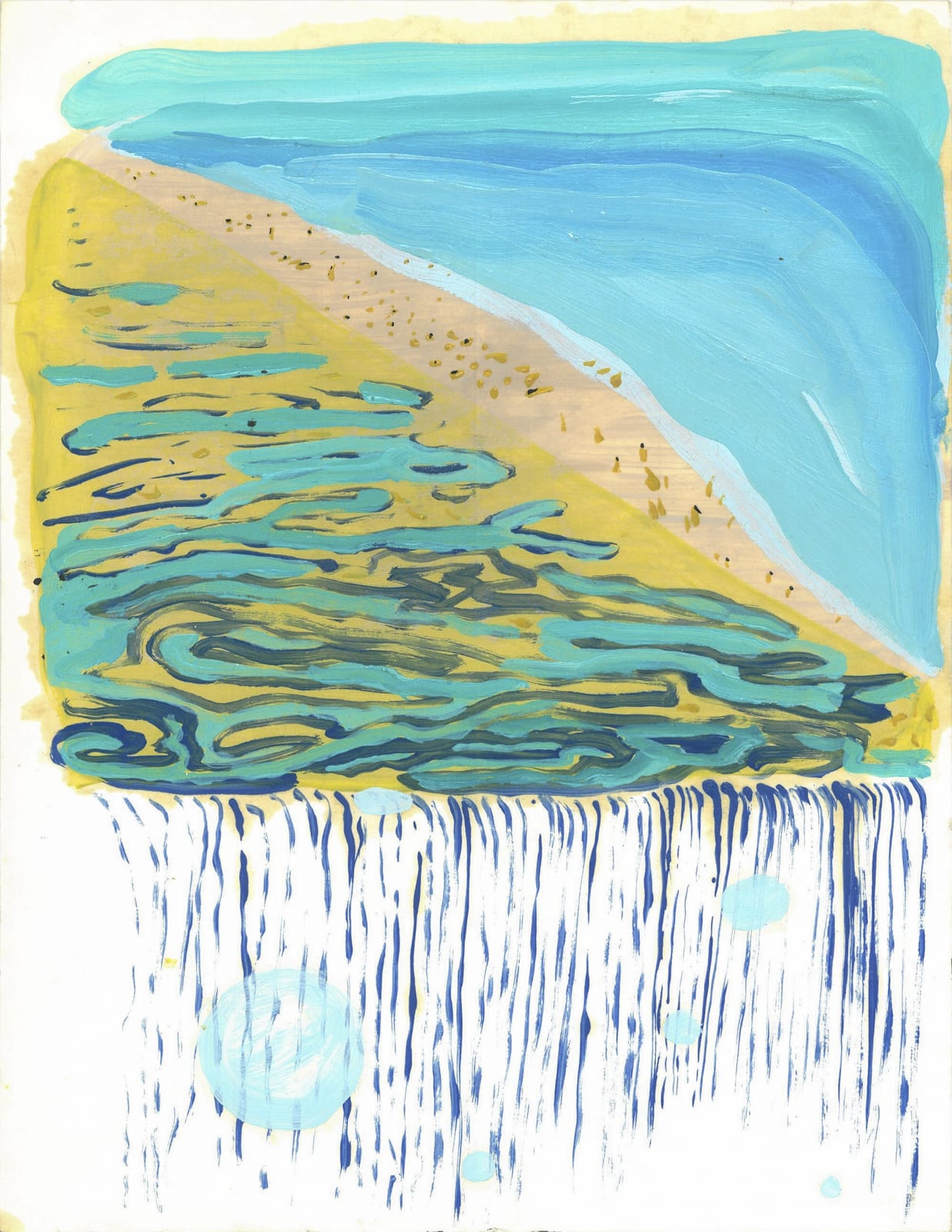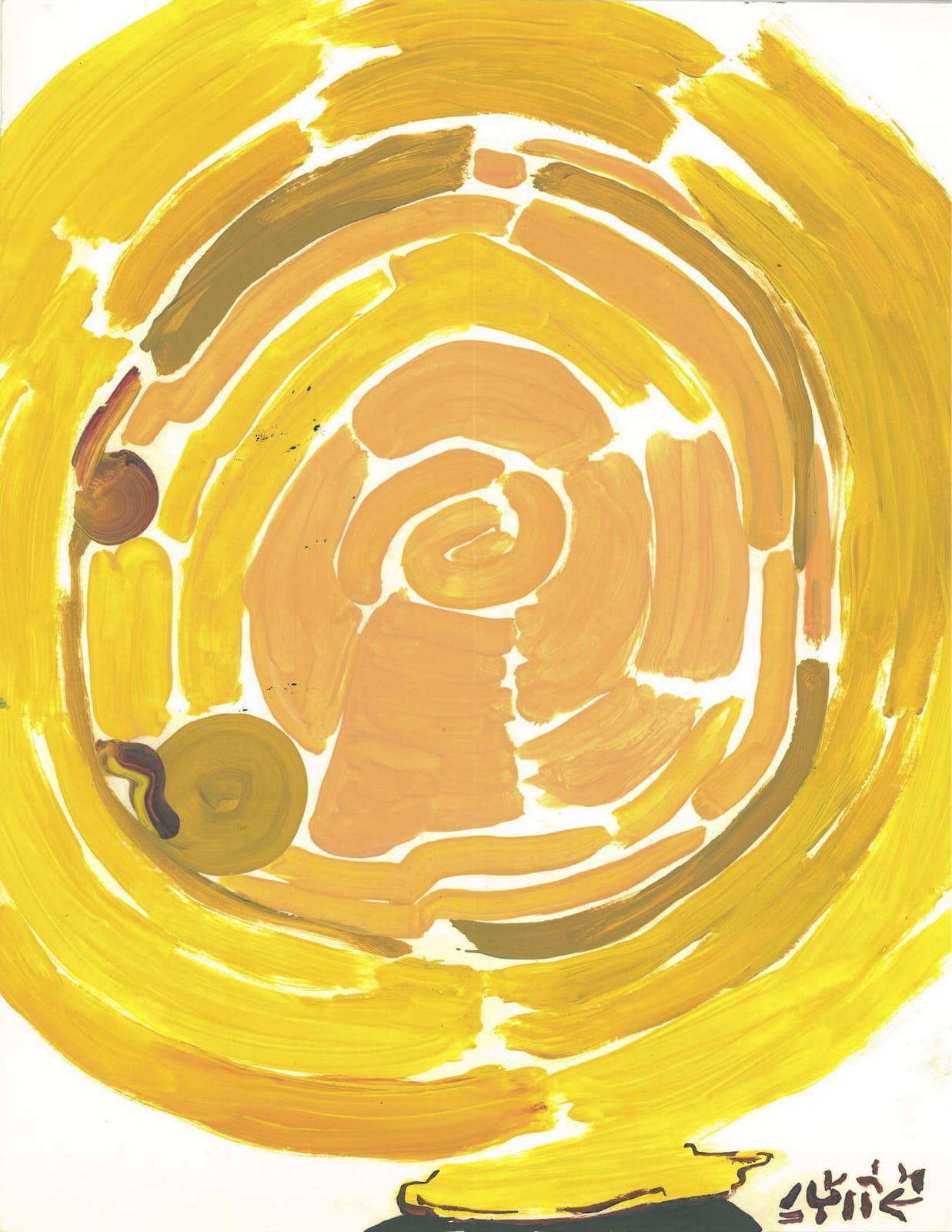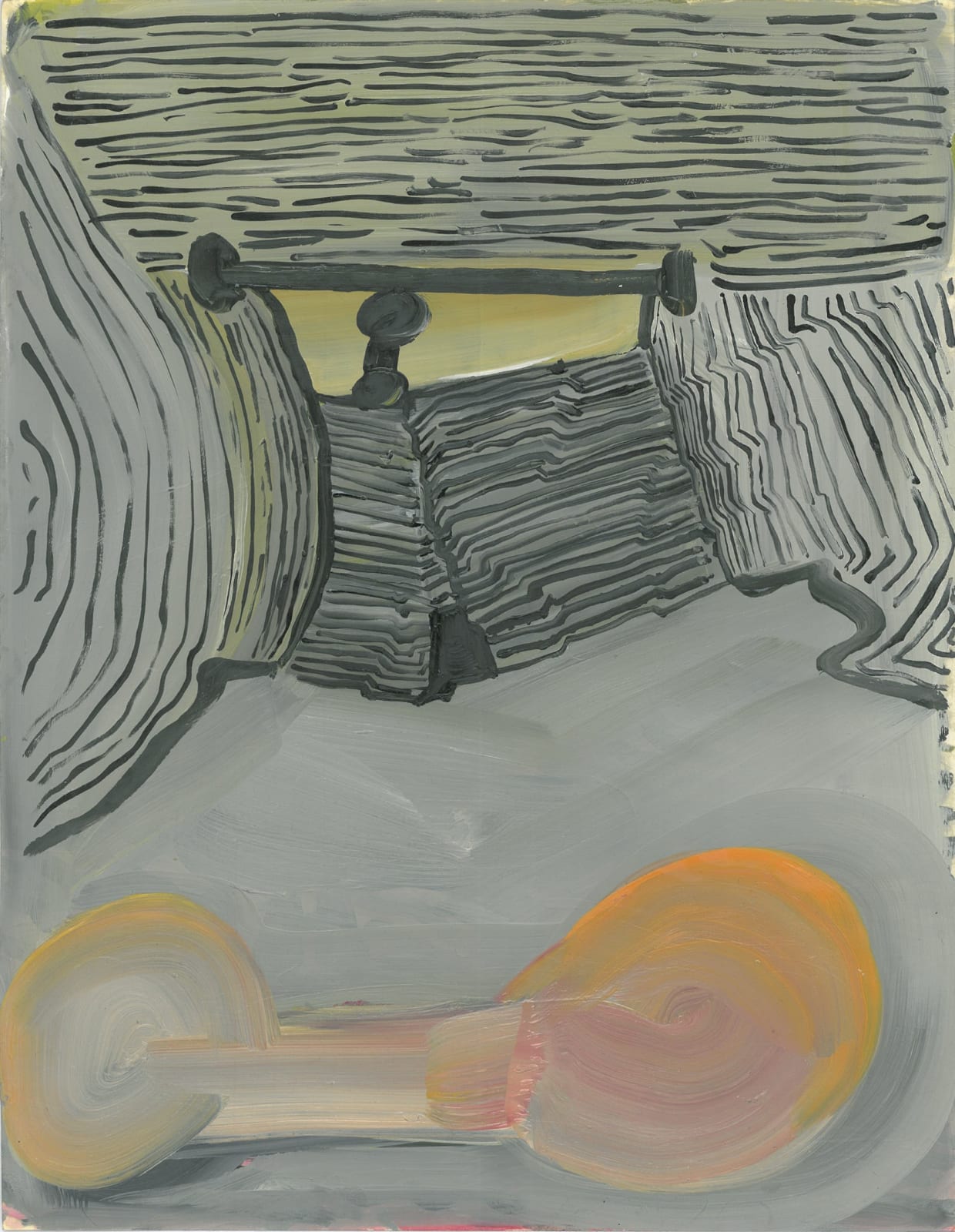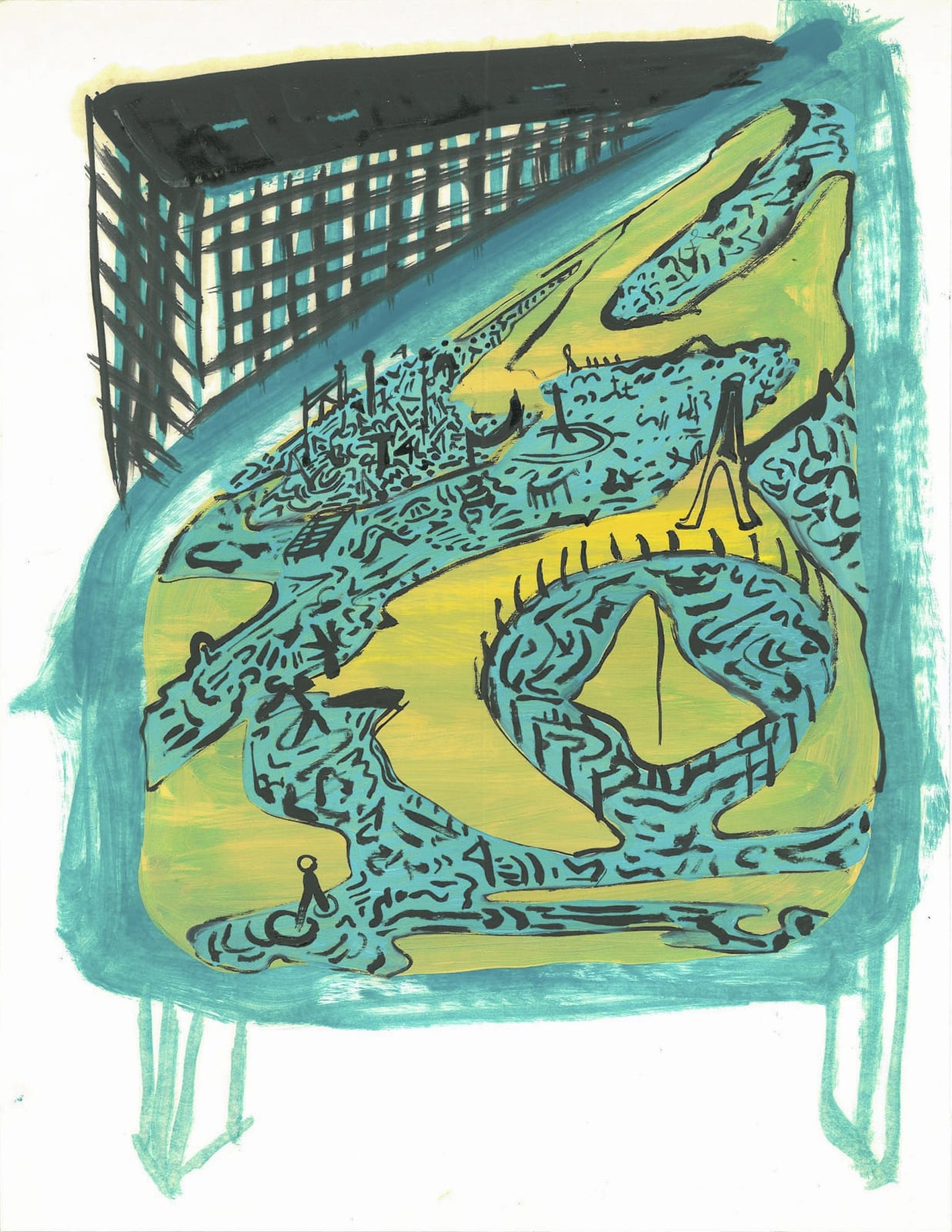Nariman Farrokhi | "Page 1 of 1": Artissima 2018
A solo presentation of a recent project by Nariman Farrokhi at booth PF12, Present Future section, Artissima 2018
-
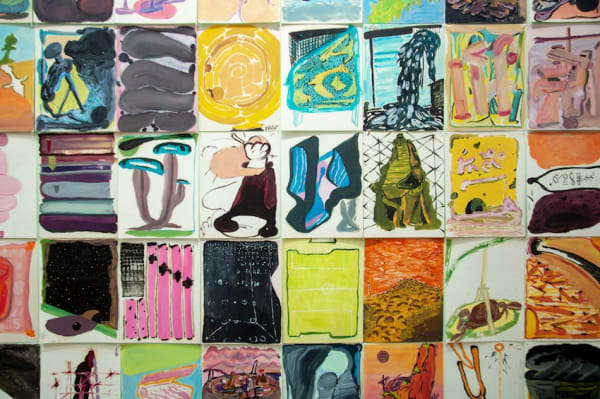
"Here are the best stands of the Turin fair according to us"
Artribune November 15, 2018Artribune has recently published a list, selecting the best stands in Artissima 2018 (in Italian). Click here to read it in full.Read more -
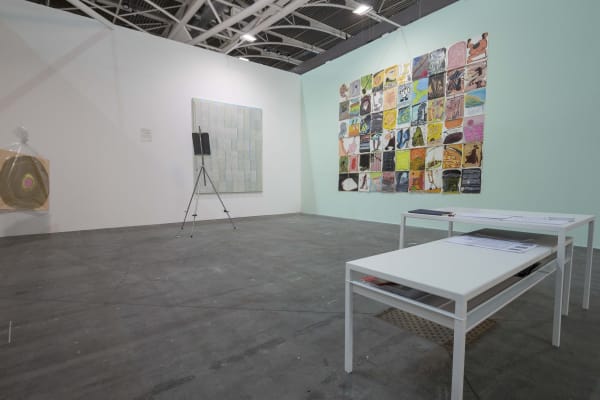
Artissima compie 25 anni
lofficielitalia November 14, 2018lofficielitalia has recently published a review of Artissima 2018 in which Dastan's Basement had a booth with Nariman Farrokhi's installation of works (in Italian). Click...Read more
-
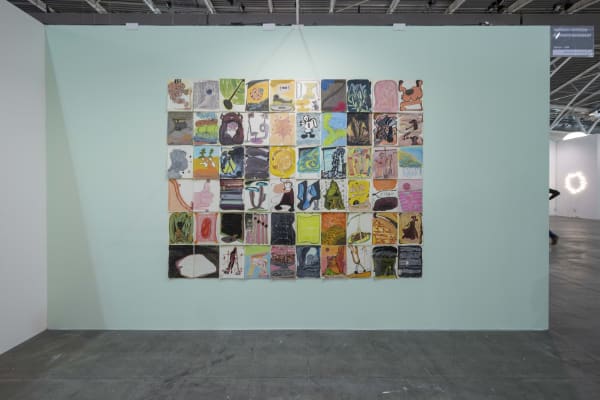
"Turin’s Artissima Art Fair Looks Back on a Quarter Century of International Art"
Wallpaper November 14, 2018Wallpaper has recently published a review by Harriet Lloyd-Smith of Artissima art fair at Turin in which Dastan's Basement had a booth with Nariman Farrokhi's...Read more -

#ArtissimaLive | THE DEBUT pt. II
ATP DIARY November 14, 2018Atp Diary has recently published interviews with newcomers at Artissima 2018 in which Dastan's Basment has a booth showing an installation of works by Nariman...Read more
Dastan is pleased to announce its debut participation at Artissima with a presentation of works by Nariman Farrokhi at Booth PF12, Present Future Section, Artissima 2018.
Nariman Farrokhi (b. 1983, Tehran, Iran) is a self-taught artist. He mixes what he observes with a hyperactive sense of imagination and rearrangement through the use of simple material and technique. Confined to using only written language and gestures as means of communication, Nariman Farrokhi has used actual texts in many of his past works. This approach has gradually caused him to develop his own visual alphabet, or writing system, that appear like hieroglyphs.
The current presentation, which includes an installation based on two series of works on paper, two works on canvas, and a video, is the result of a project specifically designed for Artissima 2018.
Nariman Farrokhi used to work as an inspector in the Customs Authority of Iran. The current installation is inspired by the artist’s experience during the time when he would inspect every package, send samples to laboratory for further processing, store samples for future reference, check compliance with set guidelines, and approve goods for import into the country.
As the central part of the booth, a canvas filled with biscuit packagings, faces a video of the artist seemingly trying to make verbal communication with the viewer. But referring to both his interest for lower tones in music —that need not to be sensed by the ear— and efforts to convey linguistic meaning using non-verbal communication, he notes: “Why are Nariman's words, which may be a song about the other side of the biscuit packaging, so obscured?”
In the large 108-piece series of drawings, titled “Page 1 of 1”, put forth in the booth, customs guidelines —which are usually put up on inspection room walls for reference— are transformed to a personal system of symbolism devised by the artist. Moreover, a hanging donut-shaped piece is wrapped in plastic, signed and sealed, back from the lab. “Page 1 of 1” shows the procedure, as well as the connections.
Sixty oil-on-paper pieces cover the opposite wall. Together as a whole as well as individually, these works create a series of interconnected narratives and imagined manifestations of objects, concepts and desires. The outermost two pieces in the lowest row depict the begging and the end of an arbitrary path the artist has created —the process.

